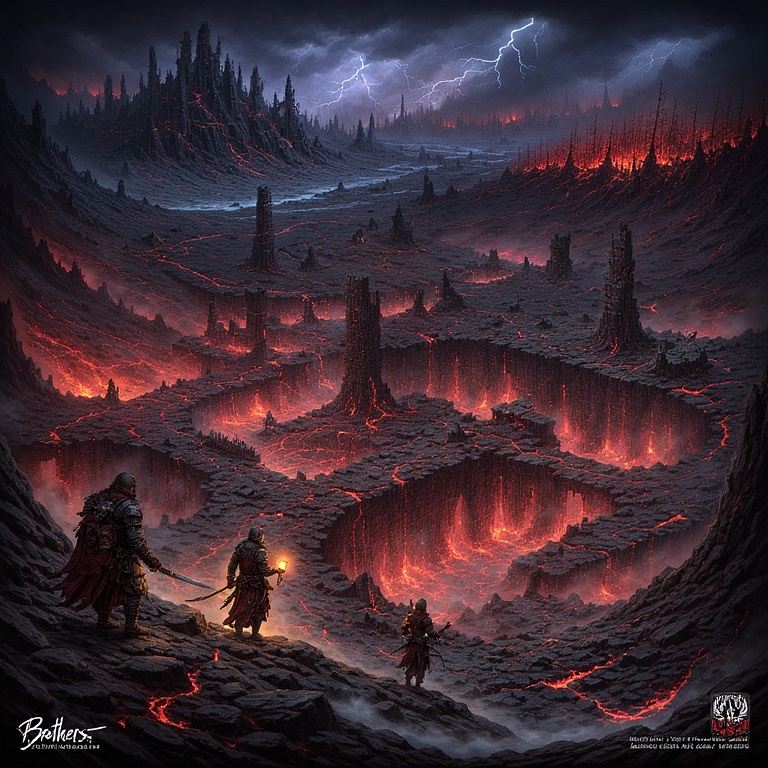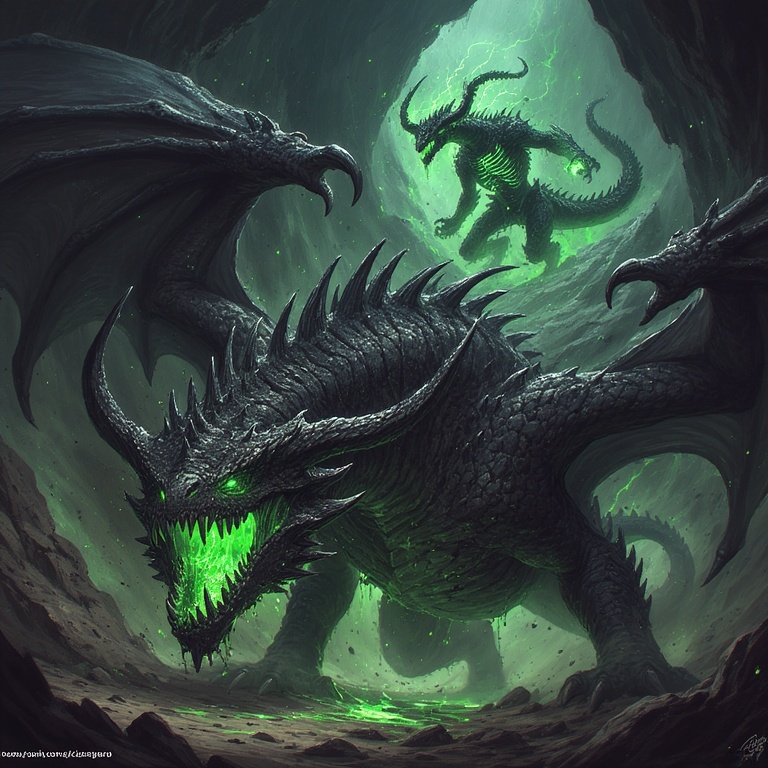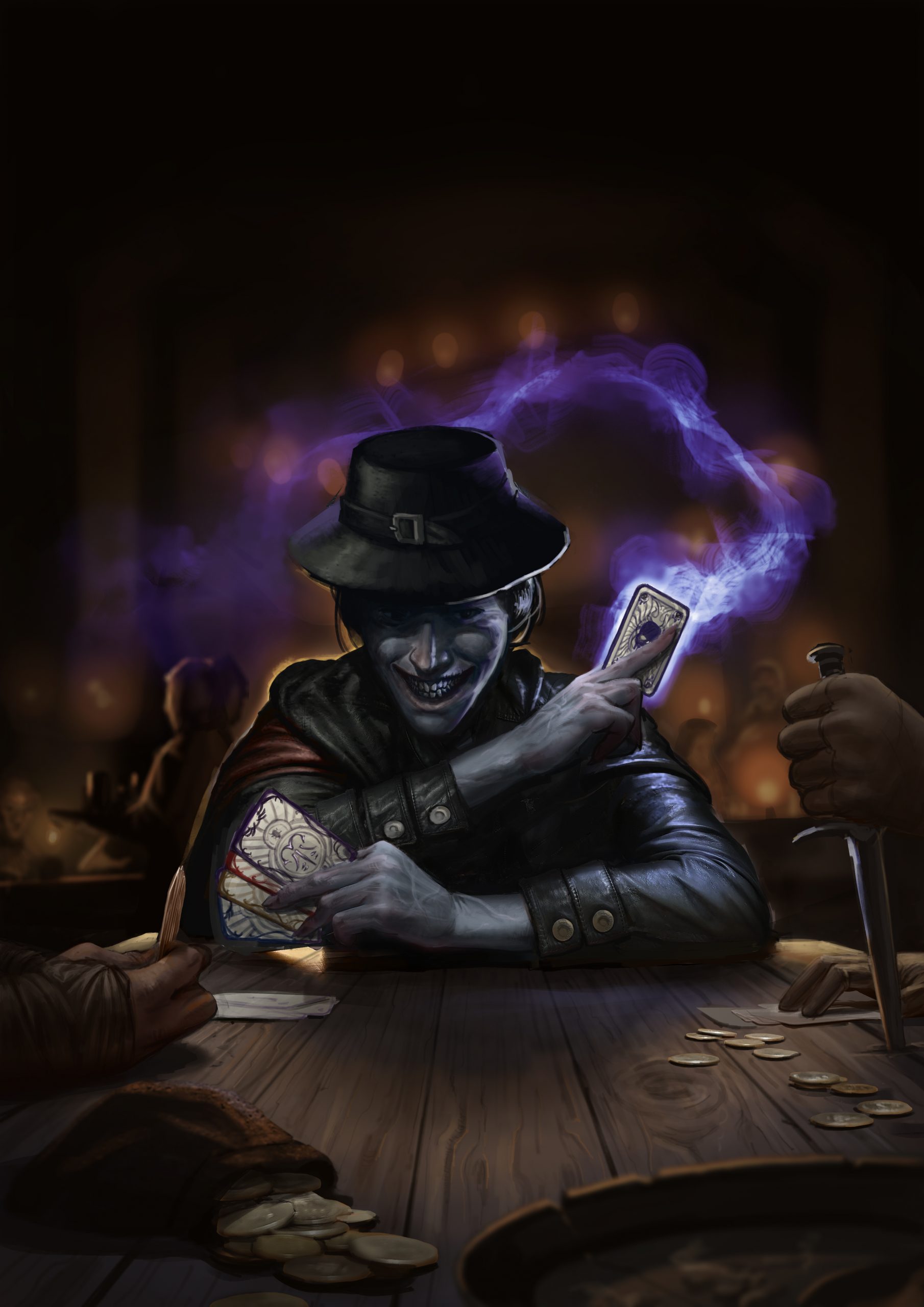
Druid Subclass: Circle of the Symbiote
“We do not control nature. We merge with it.”
I am continuing the series with the symbiotic subclass for druid. You can check out the cleric post here. Most druids revere the cycle of life, death, and renewal—but those of the Circle of the Symbiote go one step further. They become the cycle. Fusing with parasitic organisms, spore networks, psionic echoes, or strange bio-organic entities, they embrace a path that blurs the line between self and other.
To these druids, harmony is not about balance—it’s about integration. Their bond is a survival pact, a spiritual joining, or perhaps an experiment in transcendence. Whether revered as blessed hosts or feared as corrupted hybrids, the Symbiote druids walk a road that is equal parts wonder and horror.
This subclass is presented in playtest form and leans into the strong side of the druid’s design space. Be sure to check with your DM before using it at the table.
Features of the Circle of the Symbiote
Circle of the Symbiote Features
| Druid Level | Feature |
| 2nd | Symbiotic Bond, Living Adaptation |
| 6th | Merged Instincts |
| 10th | Adaptive Graft |
| 14th | Perfect Fusion |
Symbiotic Bond (2nd Level)
At 2nd level, you become bonded with a living symbiote that dwells within or on your body.
- Choose a Symbiote Type:
- Tendril Bloom (tentacles and sensory protrusions)
- Chitin Core (defensive carapace)
- Mycospawn (fungal, spore-based)
- Echoform (psionic/phase-adapted)
You gain the Symbiotic Form feature, which you can activate or dismiss as a bonus action. While in Symbiotic Form, you gain the following benefits depending on your symbiote:
Tendril Bloom
- You can extend your reach by 5 feet for melee attacks and touch spells.
- Once per turn when you hit a creature, you may attempt to grapple it as a free action.
Chitin Core
- You gain +1 AC, and when you are hit by a melee attack, you can use your reaction to reduce the damage by your Wisdom modifier.

Mycospawn
- You emit spores in a 5-foot aura. Enemies that start their turn in the aura take poison damage equal to your Wisdom modifier (no save).
- As a bonus action, you may cause the spores to burst—forcing one creature within 10 feet to make a Constitution saving throw or be poisoned until the end of its next turn.
Echoform
- You have advantage on saving throws against being charmed or frightened.
- You can use your reaction to displace yourself slightly, imposing disadvantage on one attack made against you per round.
You can maintain your Symbiotic Form for a number of minutes equal to your druid level per long rest. This duration can be split into multiple uses.
Living Adaptation (2nd Level)
While your Symbiotic Form is active, you gain temporary hit points equal to your Wisdom modifier + your druid level. You regain this feature after a long rest.
Merged Instincts (6th Level)
Your symbiote warns you of danger and enhances your reflexes.
- You can’t be surprised while in Symbiotic Form.
- You gain darkvision to 60 feet, or extend it by 30 feet if you already have it.
- You may add your Wisdom modifier to Initiative rolls.
Adaptive Graft (10th Level)
Your symbiote evolves to overcome challenges. When you finish a long rest, choose one of the following benefits to graft into your Symbiotic Form until your next rest:
- Resistive Graft: Gain resistance to one damage type of your choice (except force or psychic).
- Predator Graft: You can use Wild Shape to grow natural weapons—claws, tendrils, or acid spit that deal 1d10 damage and count as magical.
- Phage Graft: Once per turn, when you deal damage, you regain hit points equal to half your Wisdom modifier (rounded up).
- Phase Graft: While not wearing heavy armor, you gain a flickering shield that grants you advantage on Dexterity saving throws.
Perfect Fusion (14th Level)
You and your symbiote are no longer separate beings.
- You are immune to disease, poison, and the charmed and frightened conditions.
- When reduced to 0 HP while in Symbiotic Form, you can drop to 1 HP instead and immediately unleash a Symbiotic Burst:
- Each creature of your choice within 15 feet must make a Constitution saving throw (DC = 8 + Proficiency + Wis mod) or take 4d10 damage (your choice of poison, necrotic, or
 psychic).
psychic). - Once you use this feature, you can’t use it again until you finish a long rest.
- Each creature of your choice within 15 feet must make a Constitution saving throw (DC = 8 + Proficiency + Wis mod) or take 4d10 damage (your choice of poison, necrotic, or
DM’s Corner: Using the Symbiote in Your Game
The Circle of the Symbiote is more than just a subclass—it’s a story hook. When a player chooses this path, they are telling you they want to explore identity, corruption, and transformation.
Here are a few ways to make their symbiote matter:
-
Living Personality: Is the symbiote a mindless organism, a networked hive, or a whispering alien intelligence? Give it a “voice” and let it occasionally interject, tempting, warning, or commenting.
-
Evolving Threat: Villains may covet the symbiote’s biology. Cults, alchemists, or aberrant overlords may attempt to replicate or capture it.
-
The Price of Fusion: While mechanically strong, you can balance this subclass by leaning into roleplay consequences. NPCs may mistrust the druid’s alien appearance or their unsettling aura.
-
Worldbuilding Tool: Symbiotic druids are a perfect match for campaigns featuring bioengineering, aberrant magic, or the aftermath of magical disasters. They can serve as PCs, strange allies, or terrifying NPC adversaries.
The Circle of the Symbiote is designed to push boundaries—it’s intentionally on the high end of power, but what it adds most is narrative weight. Who really leads the bond: the druid, or the thing inside them?
Thanks for reading. Until Next Time, Stay Nerdy!!





 psychic).
psychic).




No Comments